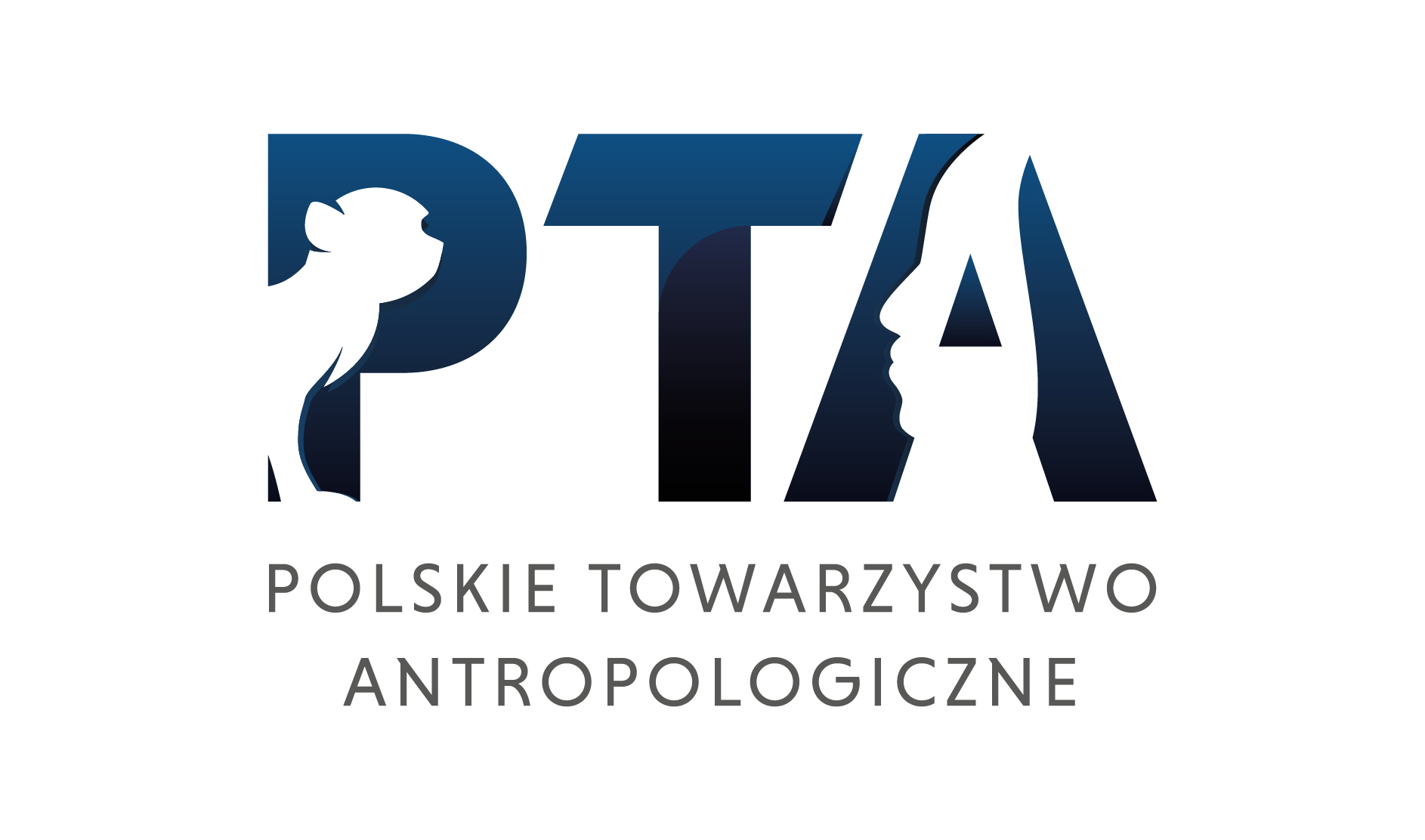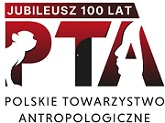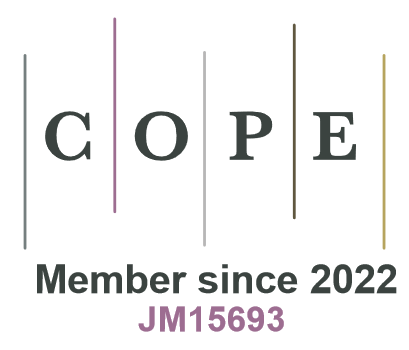Occurrence frequency of selected non-metrical features of cranium depending on cribra orbitalia and the equipment of graves
DOI:
https://doi.org/10.18778/1898-6773.52.1-2.10Abstract
The analysis of skulls (N = 436) from the aligned cemetery in Milicz. Lower Silesia (12th-14th CC.) gave the following results. The frequencies of appearance of certain non-metric traits may undergo changes caused by a morbid factor (anaemia as a result of iron deficiency). The analysis of frequencies of appearance of cribra orbitalia shows that the presence of grave equipment versus lack of such equipment indicates a higher level of living conditions, at least in the sense of better health and nutritional status of the deceased individuals. Anaemia and its effects increased probably mortality especially in younger individuals (aduiius group) who, at the same time, existed in worse living conditions. No differences were found in frequencies of appearance of the eight non-metric traits between individuals from equipped and non-equipped graves. However, the frequencies of appearance of ossicula suturae lambdoideae show statistically significant differences. It is emphasized that the multivariate distances between populations may point not only toward ethnic or genetic differences between them but also toward differences conditioned environmentally.
Downloads
References
ANGEL J., 1967, Porotic hyperostosis or osteoporosis symmetrica [w:J Diseases in Antiquity. A Survey of the Diseases, Injuries and Surgery of Early Populations, (red.) D. Brothwcll i A. T. Sandison, Ch. C. Thomas Publ., Springfield, Illinois, s. 378-389.
View in Google Scholar
BENNETT K. a ., 1965, The etiology and genetics of Wormian bones. Amer. J. Phys. Anthrop., 23,255-260.
View in Google Scholar
DOI: https://doi.org/10.1002/ajpa.1330230313
BERGMAN P., G. HAUSER, 1985, Muiti-dimensionai complexes of skull traits, Anthropologischer Anzeiger, 43, 165-171.
View in Google Scholar
BERRY A. C., R . J. BERRY, 1967, Epigenetic variation in the human cranium, Journal of Anatomy, 101,361-379.
View in Google Scholar
BROTHWELL D. R., 1981, Digging up bones. The excavation, treatment and study of human skeletal remains, wyd. Ill, Oxford University Press, s. 165.
View in Google Scholar
CARLSON D. S., D. P. VAN GERVEN, G. J. ARMELAGOS, 1974, Factors influencing the etiology of cribra orbitalia in prehistoric Nubia, Journal of Human Evolution, 3, 405-410.
View in Google Scholar
DOI: https://doi.org/10.1016/0047-2484(74)90203-6
CORRENTI V., P. PASSARELLO, F. VfiCCHI, 1979, Discontinuous morphological traits of the human skeleton. A proposal for an international nomenclature in Latin, Homo, 30, 126-127
View in Google Scholar
CORRUCCINIR. S., 1974, An examination of the meaning of cranial discrete traits for human skeletal biological studies, Amer. J. Phys. Anthrop., 40, 425-446.
View in Google Scholar
DOI: https://doi.org/10.1002/ajpa.1330400315
CZARNETZKI A., 1971, Epigenetische Skelettmerkmale im Populationsvergleich. I. Rechts-links-Unterschiede bilateral angelegter Merkmale, Zschr. Morph. Anthrop., 63, 238-254.
View in Google Scholar
DOI: https://doi.org/10.1127/zma/63/1971/238
CZARNETZKI A., 1972, Epigenetische Skelettmerkmale im Populationsvergleich. II. Frequenzunterschiede zwischen den Geschlechtem, Zschr. Morph. Anthrop. 63, 341-350.
View in Google Scholar
DOI: https://doi.org/10.1127/zma/63/1972/341
FlNKEL D. J., 1971, Wormian bones. A study of environmental stress (abstract), Amer. A. Phys. Anthrop., 35, 278.
View in Google Scholar
FORNACIARI G. J., F. MALLEGNI, D. BERTINI, V. NUTI, 1981, Cribra orbitalia, and elemental bone iron, in the Punics of Carthage, Ossa, 8, 63-77.
View in Google Scholar
GLADYKOWSKA-RZECZYCKA J., 1982, Schorzenia swoiste ludnosci z dawnych cmentarzysk Polski, Przegl. Antr., 48, 39-55.
View in Google Scholar
GUIDOTTI A., 1984, Frequencies of cribra orbitalia in Central Italy (19*1* century) under special consideration of their degrees of expression, Anthrop. Anzeiger, 42. 11-16.
View in Google Scholar
HAUSER G., P. BERGMAN, 1984, Some biological and methodological problems of asymmetrical development; illustrated with reference to sutural bones, Anthrop. Anzeiger, 42, 101-116.
View in Google Scholar
HENGEN O . P., 1971, Cribra orbitalia: pathogenesis and probable etiology, Homo, 22, 57-76.
View in Google Scholar
HESS L., 1946, Ossicula Wormiana, Human Biology, 18,61-80.
View in Google Scholar
DOI: https://doi.org/10.1111/j.1464-410X.1946.tb10598.x
JANSSENS P. A., 1981, Porotic hyperostosis and goat’s milk anaemia: a theory (more), Ossa, 8, 101-108.
View in Google Scholar
NlKITJUK B. A., 1975, Objasnenie priiin akceleraci razvitija s uietom vzaimodejstvija nasledstvennych i sredovych faktorov, Anthrop. Közlem6nyek, 19, 169- 177.
View in Google Scholar
PERIZONIUS W. R. K., 1979, Non-metric cranial traits: sex difference and age dependence, J. Hum. Evol., 8, 679-684.
View in Google Scholar
DOI: https://doi.org/10.1016/0047-2484(79)90068-X
REIMANN F., M. GÖKMEN, 1966, Das Verhalten der Schädelnähte bei den jugendlichen schweren Eisenmangelanämien und sein Einfluss auf die Gestaltsveränderung des Schädels bei diesen Anämien, Archiv für Klinische Medizin, 212,356-377.
View in Google Scholar
REIMANN F., S. KURAN, 1973, Ursache, Entstehung und Wesen des "Bürstensyndroms" am Schädel bei schweren Erkrankungen des Blutes, Virchows Archiv, Abteilung A: Pathologische Anatomie, 358, 173-191.
View in Google Scholar
DOI: https://doi.org/10.1007/BF00548516
RÖSING F. W ., 1982, Discreta des menschlichen Skeletts - ein kritischer Überblick, Homo, 33, 100-125.
View in Google Scholar
SANDFORD M. K., D. P. VAN GERVEN, R. R. MEGLEN, 1983, Elemental hair analysis: new evidence on the etiology of cribra orbitalia in Sudanese Nubia, Hum. Biol., 55, 831-844.
View in Google Scholar
SANDISON A.T., 1967, Diseases of the eyes, Jw:] Diseases in Atiquity. A Survey of the Diseases, Injuries and Surgery of Early Populations, (red.) D. Brothwell i A. T. Sandison, Ch. C. Thomas Publisher, Springfield, Illinois, s. 457-463.
View in Google Scholar
STEINBOCK R. T., 1976, Paleopathological Diagnosis and Interpretation. Bone Diseases in Ancient Human Populations. Ch. C. Thomas Publisher, Springfield, Illinois, s. 239-252.
View in Google Scholar
STLOUKAL M., 1970, Anthropologische Unterschiede bei Gräbern mit verschiedener Ausstattung im Gräberfeld von MikulZice, [w:] Sbornik Josefu Poulikovi k iedesśtinśm . Ćeskoslovenska Akademia Vćd, Archeologycky UStav v Brnć, s. 121-127.
View in Google Scholar
STLOUKAL M., L. VYHNÄNEK, 1976, Slovani z velkomoravskych Mikuldic, Academia, Praha, s. 147-150.
View in Google Scholar
WACHOWSKI K., 1969, Wczesnośredniowieczne cmentarzysko szkieletowe w Miliczu, cz. I. Silesia Antiqua, 11, 199-223.
View in Google Scholar
WACHOWSKI K., 1970, Wczesnośredniowieczne cmentarzysko szkieletowe w Miliczu, cz. II. Silesia Antiqua, 12, 123-187.
View in Google Scholar
WACHOWSKI K., 1971, Wczesnośredniowieczne cmentarzysko szkieletowe w Miliczu, cz. III. Silesia Antiqua, 13, 191-213.
View in Google Scholar
WACHOWSKI K., 1975, Cmentarzyska doby wczesno-piastowskiej na Śląsku, Ossolineum, Wrocław.
View in Google Scholar
WELCKER H., 1888, Cribra orbitalia, ein ethnologischdiagnostisches Merkmal am Schädel mehrer Menschenrassen, Archiv für Anthropologie, 17,1-18.
View in Google Scholar
Downloads
Published
How to Cite
Issue
Section
License

This work is licensed under a Creative Commons Attribution-NonCommercial-NoDerivatives 4.0 International License.








